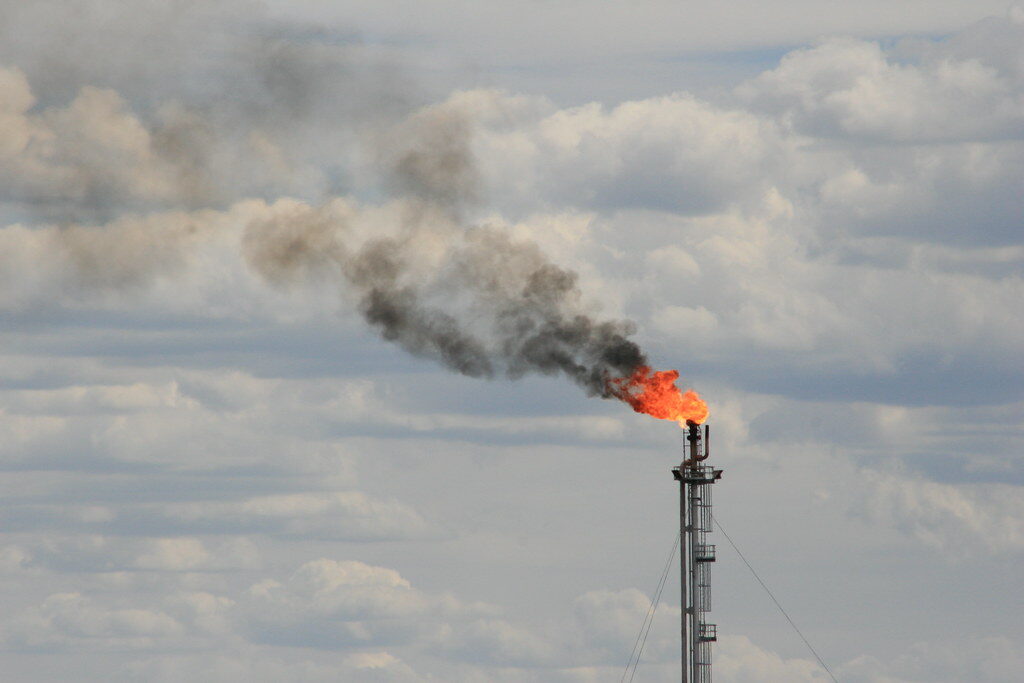Ahead of November’s hugely important international climate conference – COP26 – countries have announced a series of higher and faster commitments to reduce their greenhouse gas emissions by 2030. But we are also seeing increasing consideration and adoption of carbon pricing mechanisms as the most effective and efficient means of accelerating emissions reduction.
A carbon price requires those responsible for creating emissions to pay for them. However, while many countries have adopted a carbon pricing mechanism, to date there has been no global coordination. This means the price of carbon applied, the products to which the price is applied, as well as the design of the schemes all vary considerably. And some countries – like Australia – have no carbon price at all.
Enter Carbon Border Adjustment Mechanisms (CBAMs). CBAMs are being considered as an alternative pathway to address these challenges posed by varying or absent carbon prices. CBAMs are designed to ensure a level playing field for economies that have carbon pricing schemes. The EU has announced a CBAM and it is likely that many of Australia’s key trading partners including the US, UK, Canada, and Japan will follow suit.
What are ‘Carbon Border Adjustment Mechanisms’ (CBAMs)?
CBAMs are taxes that a nation may place on emissions-intensive goods imported from a country that either lacks a carbon price of its own or is otherwise failing to take reasonable action to address the climate crisis. They are one way by which countries that are serious about climate action will compel laggards – like Australia – to do better.
The EU announced a border tariff this year, which will be phased in from 2023 and fully implemented by 2026. Carbon border tariffs have already caught Australia’s attention, with Scott Morrison objecting to the measures (“We’re going to do it our way”) ahead of the most recent, and climate-focused, G7 summit. In spite of the Prime Minister’s complaints of ‘economic coercion’, the UK’s High Commissioner to Australia, Vicki Treadell, has urged Australia to raise its ambitions, stating that “a high level of ambition, not just for net zero by 2050” is the best way for any country to lessen the future toll of carbon tariffs on its economy.
What would carbon borders look like for Australia?
Bad. Until such a time as Australia gets serious about tackling climate change, Australia stands to be hit particularly hard by any new tariffs – especially since the G7 nations have all strengthened their climate commitments for the decade.
In fact, the Climate Council’s new report, ‘Markets are Moving: The Economic Costs of Australia’s Climate Inaction’ found carbon border tariffs will reduce demand for Australian exports, lower economic growth and put thousands of Australian jobs at risk. We’ll already see a cut to our Gross Domestic Product (GDP) from the EU’s CBAM, and if South Korea, China and the Group of 7 (G7) follow suit our GDP losses will reach more than $4 billion in GDP, which is equivalent to more than $12.5 billion in terms of national income.
The impacts will hit certain states particularly hard: Queensland and New South Wales will bear the brunt due to the dominance of targeted export goods – particularly coal – produced in those states. Queensland is projected to lose 50,000 jobs and $10 billion in Gross State Product and NSW, 20,000 jobs and $5 billion.
Every day that the Australian Government delays climate action it is hurting households and businesses in missed economic opportunities and rising costs.
What other climate measures are being discussed at the moment?
Beyond talk of carbon border adjustments, many nations have taken other steps together to strengthen their climate commitments. These include:
- Significantly strengthening their 2030 emissions reduction targets.
- Agreeing to stop the direct funding of new fossil fuel projects, an important announcement that was lauded internationally and which came shortly after Australia headed in the polar-opposite direction, announcing a new, taxpayer-funded $600 million gas-fired power station in Kurri Kurri, NSW.
- Greatly increasing funding to less developed countries for climate action.
- And some of the specific new pledges made by countries this year include:
- The United States’ pledge to cut greenhouse gas emissions by 50-52% by 2030, below 2005 levels, which puts the US on track to reach net zero by 2050.
- Japan’s new 2030 target, which was nearly doubled to 46% by 2030 compared with 2013 levels.
- Canada’s new 2030 target of 40-45% below 2005 levels.
- The United Kingdom embedding, in law, an emissions reduction target of 78% by 2035, below 1990 levels, building on its 2030 target of 68%.
Join the Climate Council! Sign up to our newsletter to receive the latest Climate Council news and alerts.











